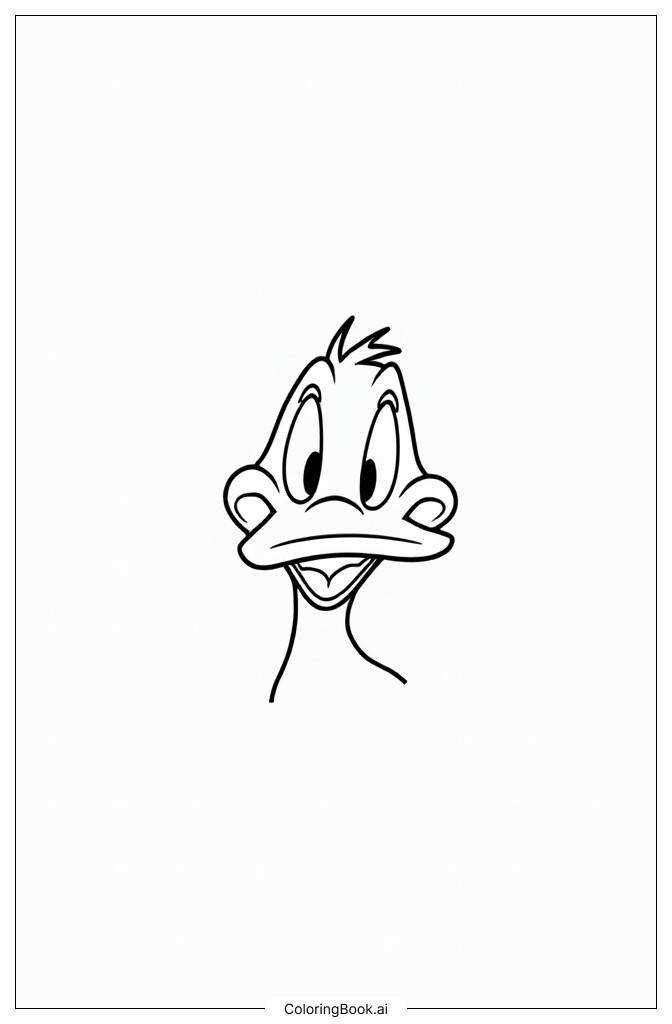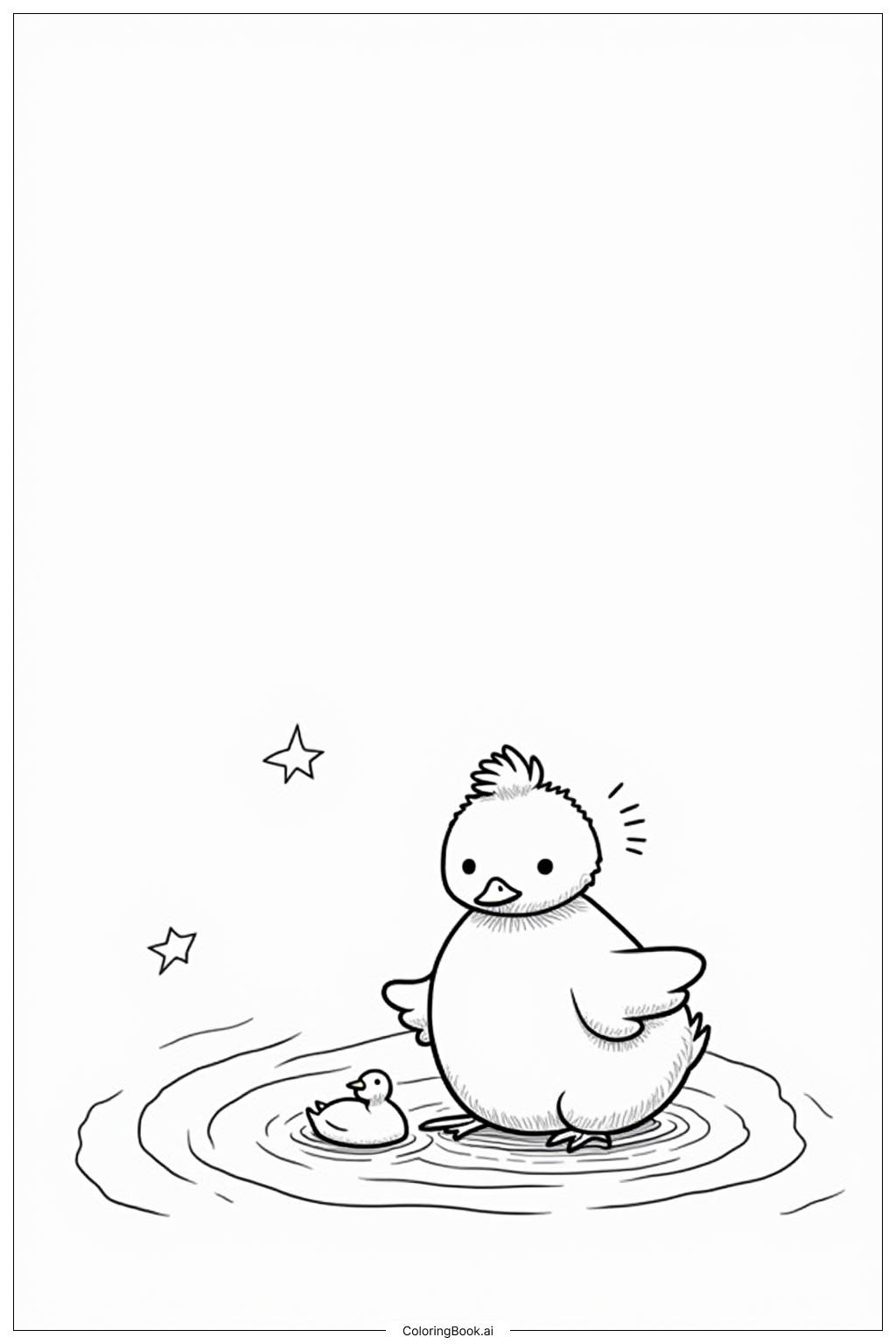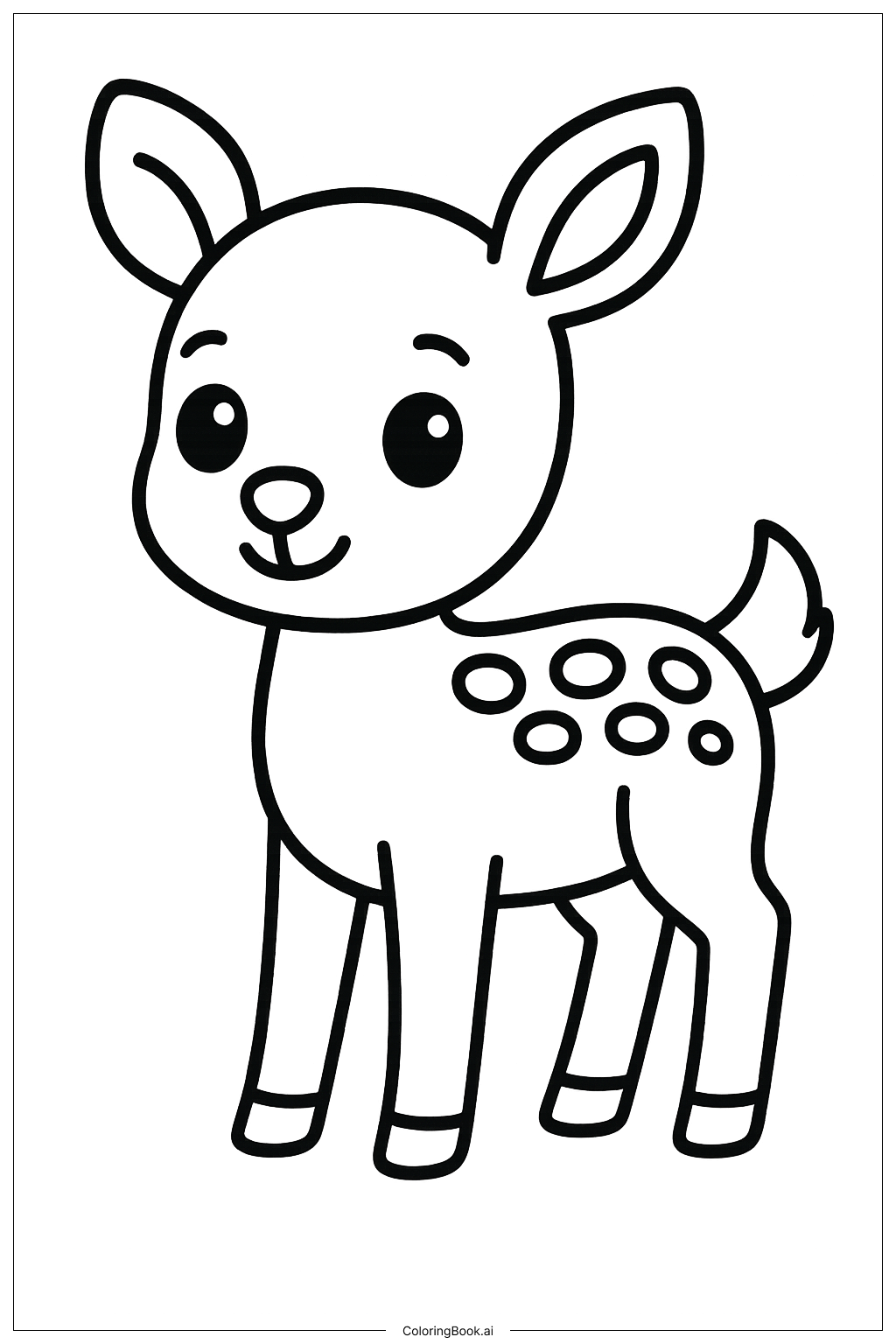Coloring tips: How to color Capybara Face Close Up coloring page well?
Use light and soft colors for the capybara’s fur, such as shades of brown, beige, or tan. You can blend different shades to make the face look more natural. The eyes can be colored black or dark brown and the nose a bit darker for contrast. For the ears, you can use a lighter shade or pinkish tone inside to add detail. Try using crayons, colored pencils, or markers for smooth and even coloring. Take your time and color slowly inside the lines to keep the picture neat and pretty.
Coloring challenges: Which parts are difficult to color and need attention for Capybara Face Close Up coloring page?
1. Staying inside the lines may be tricky around the nose and eyes because of the curved, small shapes there.
2. Choosing the right colors for shading can be hard, especially if you want to make the fur look realistic.
3. The simple face means that using different tones and shading is important but can be challenging for beginners.
4. Coloring the ears evenly, especially the smaller inside parts, requires careful attention.
5. The large open spaces on the head may make young children want to use only one color, but adding texture with different shades will make it look better.
Benefits of coloring books: Advantages of drawing Capybara Face Close Up coloring page
Coloring this capybara face helps improve focus and hand-eye coordination. It encourages creativity by letting children choose colors and shading styles. The simple design builds confidence for beginners while also offering chances to practice careful coloring. It also helps kids learn more about animals and their features. Overall, this page is a calming activity that combines fun with learning and develops fine motor skills.





